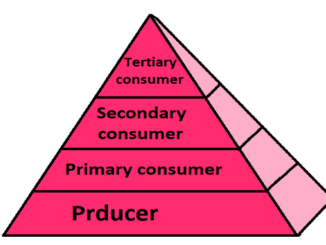
Ecological pyramid: Definition and classification
Introduction An ecological pyramid is a part of an ecosystem. In 1939, Charles Elton first introduced the concept of the ecological pyramid. Ecological pyramids are […]

Introduction An ecological pyramid is a part of an ecosystem. In 1939, Charles Elton first introduced the concept of the ecological pyramid. Ecological pyramids are […]

Introduction In all types of ecosystems, green plants convert solar energy into chemical energy. This chemical energy is bound to food or organic compounds such […]

Introduction Our body is made up of several different types of cells. These cells continuously do different metabolic processes. As a result of these processes, […]

Introduction Earth is the only planet so far known where life exists. Life on Earth is in the form of plants, animals, and microorganisms. All […]
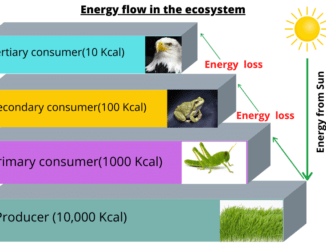
Introduction The sun is the major source of energy. Energy provides the ability to work. The use of energy in any biological process is inevitable. […]

Introduction Our environment is made up of many living and non-living factors like animals, plants, soil, climate, and temperature. These factors are also known as […]
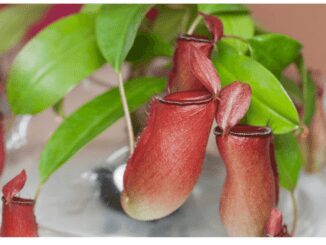
Introduction The pitcher plant belongs to the genus Nepenthes. This plant is carnivorous in nature as it attracts and traps invertebrate prey using nectar-secreting pitchers. […]
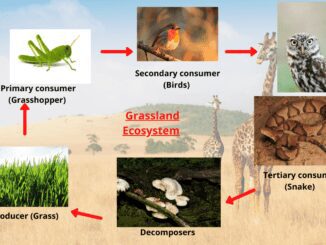
Introduction There are different types of ecosystems depending on the temperature and other abiotic factors. Every ecosystem has different types of organisms based on abiotic […]
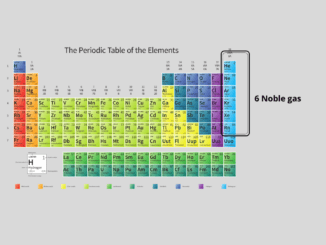
Introduction There are currently 118 elements in nature. These elements are arranged according to their atomic mass by Russian scientist Mendeleev and German scientist Lothar […]
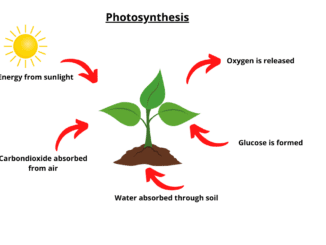
Concept of photosynthesis Photosynthesis is a physiological process of plants. In 1898, scientist Barnes first used the term photosynthesis. Photosynthesis comes from two Greek words […]
Copyright © 2024 | WordPress Theme by MH Themes